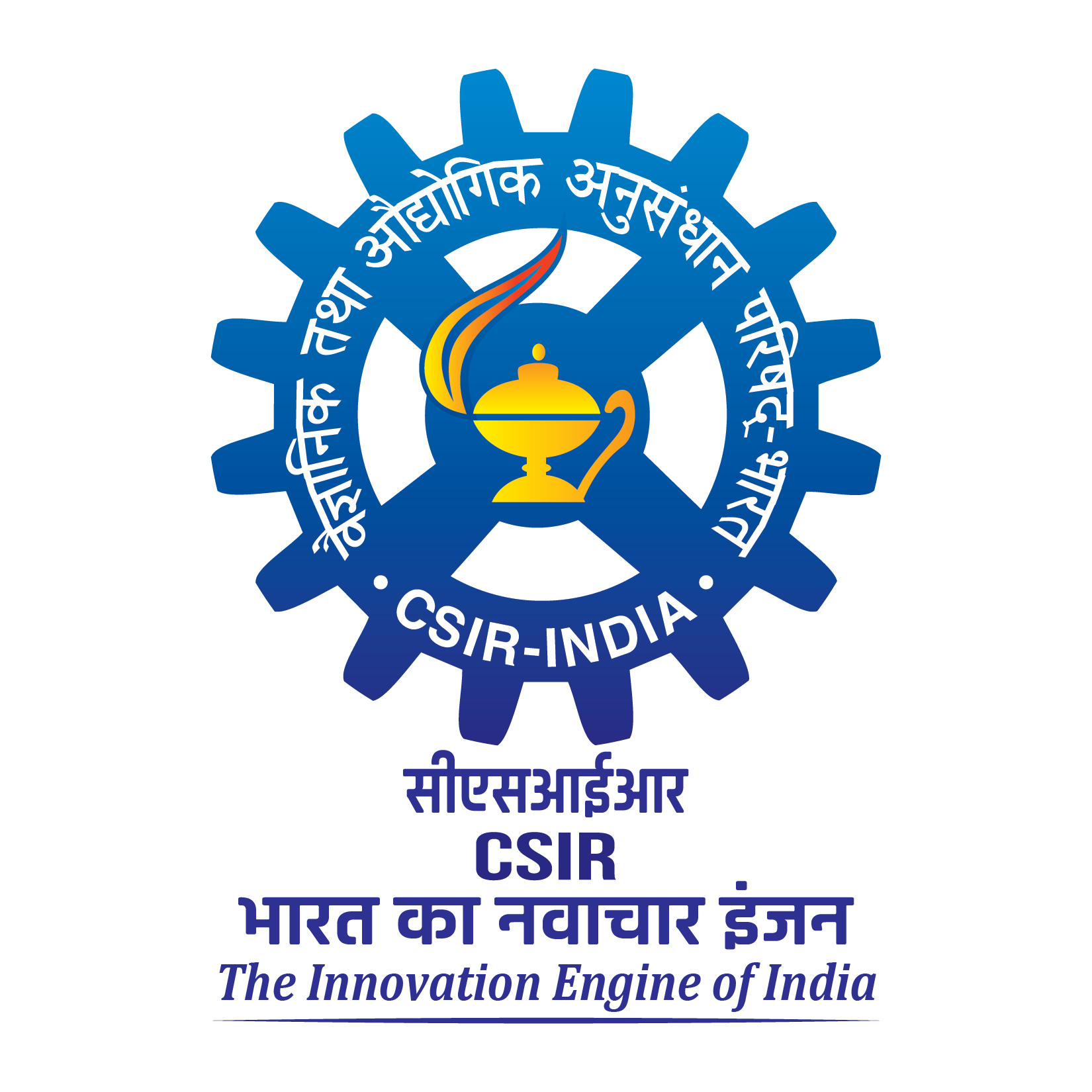by Priyanshi Singhai, Arindam Chakraborty, Kavirajan Rajendran & Sajani Surendran
Abstract:
Interannual variability of the Indian summer monsoon rainfall (ISMR) is explained through the total column water vapor in the atmosphere, primarily controlled by the incoming zonal moisture flux over the Arabian Sea (Fw) and outgoing flux over the Bay of Bengal (Fe). In this study, we discern the underlying mechanisms driving Fw and Fe leading to ISMR droughts in the observations and seasonal hindcasts by the Climate Forecast System version 2 (CFSv2) model. In observations, a reduction in Fw is essential for droughts to occur. In addition, an increase in Fe results in a severe drought. On the contrary, droughts in CFSv2 primarily occur due to an enhancement in Fe, seldom accompanied by a decrease in Fw. This hypersensitivity of the CFSv2 ISMR to Fe is further explained using Matsuno–Gill response to moist convection. During El Nino droughts, precipitation decreases over the equatorial western Pacific and eastern Indian Oceans. The resulting anomalous diabatic cooling increases local surface pressure (SP), intensifying meridional SP gradient, and thus, Fe. The reduction in Fw , however, is associated with a cooling of the central north Pacific Ocean in tandem with El Nino. During non-El Nino droughts, frequent occurrences of cold sea surface temperature over the western north Pacific Ocean are noticed. This cooling decreases SP over east Asia, resulting in an increase in Fe. To summarize, droughts in CFSv2 are controlled by the pan-Pacific climate, significantly increasing Fe but weakly decreasing Fw. But in observations, a strong decrease in Fw and a moderate increase in Fe together lead to droughts.
Link:

